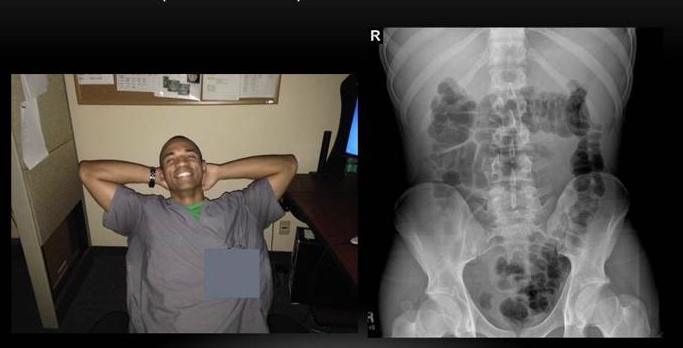
Colon cancer is the most common form of cancer in the developed world, which has a risk that is further perpetuated by the fact that roughly 1 in 3 adults (ages 50-75) fail to participate in any form of detection or screening.1 In a traditional colonoscopy, a camera is inserted into the colon via the anus and the colon is examined for the presence of polyps or other abnormalities (lesions). Virtual colonoscopy uses a computed tomography (CT) machine to take many X-rays of the colon. This process is beneficial because it allows for colorectal cancer detection through a non-invasive process, which in turn promotes the benefits of screening. It is also important to note that if anything is found via colonography, physicians will recommend a colonoscopy as a follow-up. However, a colonography provides an acceptable level of screening protection. A comparison study found similar detection rates between computerized and normal colonoscopy.2
Get more details on virtual colonoscopy in the colonoscopy section.
- 1 Kumar, M., & Cash, B. D. (2017). Screening and Surveillance of Colorectal Cancer Using CT Colonography. Current Treatment Options in Gastroenterology. doi:10.1007/s11938-017-0121-7
- 2 Kim, D. H., & Pickhardt, P. J. (2008). CT Colonography versus Colonoscopy for the Detection of Advanced Neoplasia. New England Journal of Medicine, 358(1), 88-90. doi:10.1056/nejmc073084
